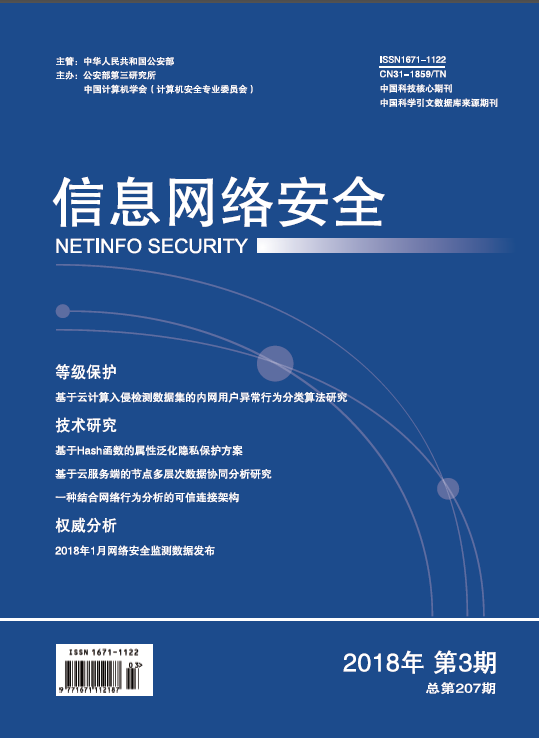The software system has become increasingly complex, and the security risks brought by software are becoming more and more obvious. Software security involves almost all users of application information system. If software security is not effectively guaranteed, a series of security problems such as privacy leakage, remote control, secret monitoring will pose a great threat to people. Therefore, whether the software is safe, whether the software is really what the user wants, whether the software itself has the back door, and whether the software certificate is authentic become urgent problems to be solved at present. In view of the above problems, this paper constructs a certificate credibility verification method based on SGX technology, and develops a secure software issuance system. Firstly, a secure architecture including audit server, CA, software developers and users is designed. Then, a secure software issuance system and a certificate acquisition system based on SGX are designed and implemented by integrating SGX technology with digital signature and encryption technology. The test verifies the feasibility of the system.

